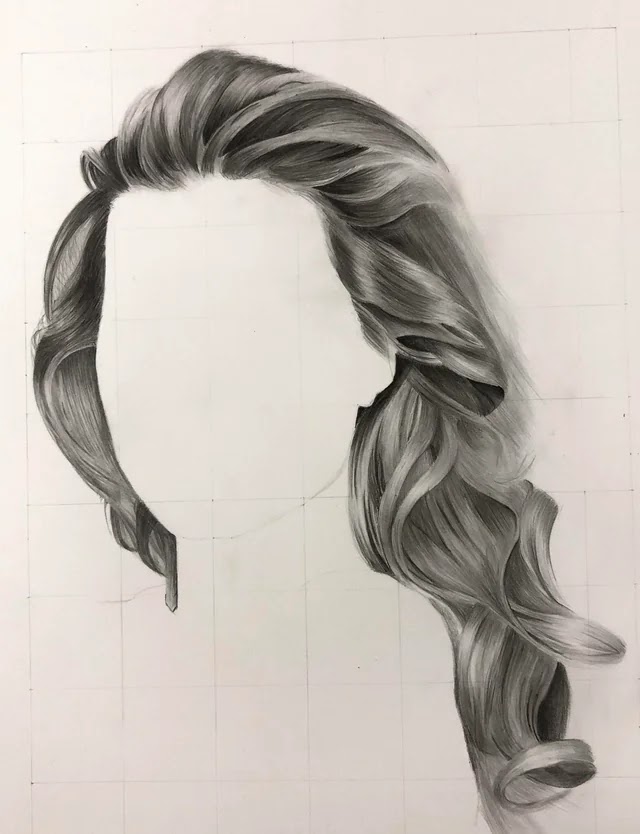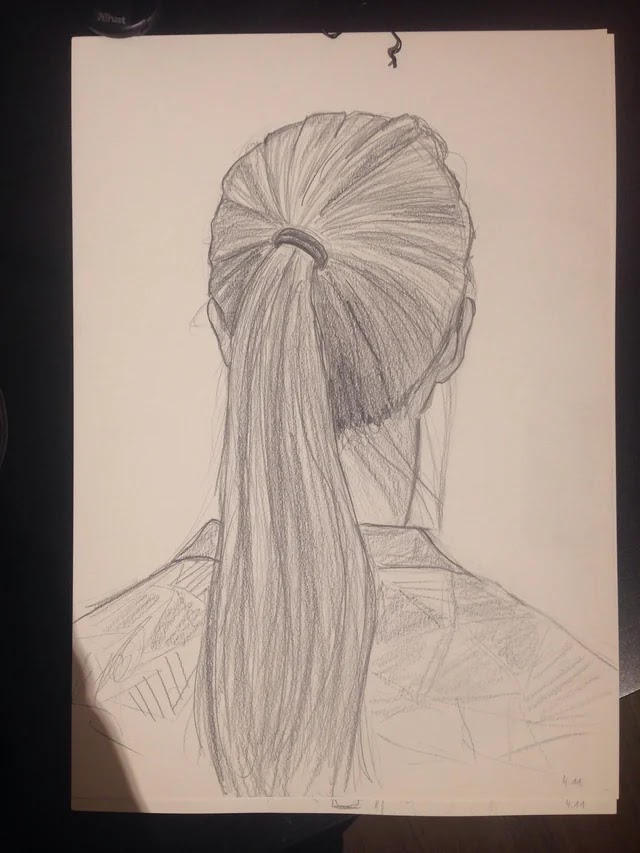From Curly to Straight: Hair Drawing Ideas to Elevate Your Art
Drawing hair can be a challenging but rewarding aspect of improving your art. Whether you’re capturing flowing straight hair or intricate curls, mastering hair drawing techniques can take your skills to the next level. In this article, we’ll explore various hair drawing ideas to help you elevate your artistic style.
1. Start with Simple Waves

Drawing wavy hair is a great way to start if you’re new to sketching hair. Focus on creating soft, flowing lines that mimic the natural wave pattern. Begin by sketching the general shape of the hair, then add texture and shading to give it dimension. Wavy hair allows you to practice the balance between form and texture without the complexity of tight curls or straight hair.
2. Master the Art of Loose Curls

Loose curls are a step up from wavy hair, offering more texture and volume. To capture this style, draw large, round shapes that coil slightly at the ends. Start with a light hand and build up the volume by layering lines. This technique helps you practice adding dimension and capturing the softness of curls without them appearing too stiff or flat.
3. Drawing Sleek, Straight Hair

Straight hair might seem simple, but it’s an excellent way to practice line control and shading. Start by outlining the basic shape of the head, then draw long, straight lines that follow the curve of the scalp. Focus on adding subtle details, such as highlights and shadows, to give the hair a sleek and natural look. Straight hair requires a good balance of flow and form to avoid making it look rigid.
4. Try Short, Curly Hair

Short curly hair offers a different dynamic compared to long curls or straight hair. Focus on creating small, tight curls that are close to the scalp. The key here is to ensure the curls look lively and natural by varying the sizes and directions slightly. Short hair gives you the opportunity to practice creating texture and volume in a more compact space.
5. Drawing Braids
Braids are a fun challenge that allows you to practice symmetry and texture. Start by drawing three basic sections of hair, then interweave them in a regular pattern. Focus on creating a sense of depth by adding shading between the sections of hair. Braids require attention to detail and patience, but they are a great way to practice precision and line control.
6. Try Drawing a High Ponytail

A high ponytail offers the chance to practice both structure and flow. Start by sketching the general shape of the hair tied back, then draw the strands of hair flowing from the ponytail holder. Focus on how the hair behaves when pulled tight at the scalp and how it fans out into loose strands. This is a great way to experiment with motion and hair tension in your drawings.
Conclusion
Drawing hair in various styles, from curly to straight, can greatly improve your overall art skills. By practicing these different techniques, you’ll develop a better understanding of texture, shading, and flow, which will elevate your ability to capture realistic and dynamic hair. So grab your sketchpad and start exploring these ideas today to boost your drawing game!

